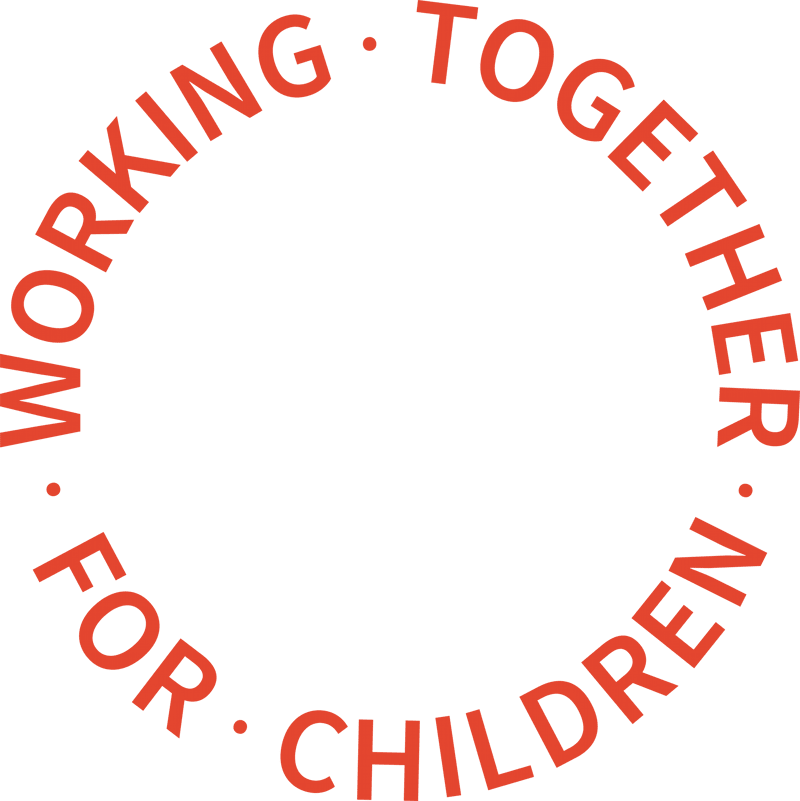The number of children in care has grown at a faster rate over the past year, official statistics reveal.
Department for Education figures show that after small rises of 1% each year between 2014 and 2016, in 2017 the rise was greater at 3%.
At 31 March 2017 there were 72,670 looked after children in England, an increase of 2,220 on 2016, and an increase of 4,600 on 2013. While 62 children per 10,000 of the population were looked after at 31 March 2017, this was up from 60 children per 10,000 in the previous four years.
Asylum-seeking children
The DfE attributed the growth to the fact that more children started to be looked after in 2017 than ceased to be looked-after. In addition, the characteristics of looked after children and care leavers have been influenced by the unaccompanied asylum-seeking children cohort who tend to be non-white British, older children, with a main category of need of absent parenting.
The number of looked after children at 31 March 2017 who were unaccompanied asylum-seeking children increased by 6% compared to last year, up to 4,560 from 4,300 in 2016, and up 134% from 1,950 in 2013.
In recent years there has been an increase in unaccompanied asylum-seeking children, largely driven by more males. However this year, there has been a greater increase in females with male unaccompanied asylum-seeking children rising by 5% whereas female unaccompanied asylum-seeking children rose by 19% between 2016 and 2017.
Females still only account for 390 (8%) of unaccompanied asylum-seeking children looked after at 31 March 2017.
Abuse or neglect
Over recent years the numbers of looked after children aged under 1 year have been decreasing. At 31 March 2017 they are down 11% on five years ago. However between 2016 and 2017, there was a slight increase of 8% or 280 children under 1 being looked-after. There has been very little change in the number of 1-4 year olds and the number of 5-9 year olds being looked after.
The figures also show that 75% of looked after children at 31 March 2017 were white, 9% were of mixed ethnicity, 7% were Black or Black British, 5% were Asian or Asian British and 3% were other ethnic groups.
The main reason that children were in care was for abuse or neglect and this applied to 44,600 children. In addition 11,150 were in care for family dysfunction, 6,030 were looked after because the family was in acute stress and 5,100 were due to absent parenting.
Most children are looked after under a care order; the numbers of children looked after under a care order continue to increase and the number who are looked after through a voluntary arrangement continue to decrease.
At 31 March 2017, 50,470 children were looked after under a care order, up 10% on 45,750 in 2016 and up from a low of 40,070 in 2014, which represents an increase in numbers over the last three years of 26%. The numbers of looked after children looked after under a voluntary agreement under section 20 of the Children Act 1989 was highest in 2015 at 19,350 but has since fallen to 16,470 in 2017.
Over the past four years the numbers of placement orders has fallen. At 31 March 2013, the numbers of children looked after under a placement order peaked at 9,800 and have fallen steadily since to 5,440 at 31 March 2017.
Placement order
Most looked after children are accommodated in foster placements - 74% of children looked after at 31 March 2017 were in foster placements.
During the year, 68% of looked after children at 31 March 2017 had only had one placement during the year, 21% had 2 placements and 10% had 3 or more placements.
The number of looked after children who were adopted in 2017 decreased; 4,350 looked after children were adopted in 2017, down 8% on 2016 and down 19% of the peak of 5,360 in 2015.
The DfE said that this decrease had been anticipated as since 2015 the number of looked after children with a placement order has decreased, as has the number of looked after children who were placed for adoption. The figures showed that 3,070 of the 4,350 looked after children adopted in 2017 were aged between one and four rwpresenign 71% of all children who were adopted.
The average duration between entry into care and being adopted has continued to fall, decreasing by six months between 2013 and 2017 from two years and six months to two years.
In 2017, the number and proportion of 19 and 20 year olds who ceased to be looked after on their 18th birthday and who were still living with their former foster carers under the Staying Put initiative continued to increase, from 23% in 2016 to 25% in 2017.
In the year ending 31 March 2017 there were 10,700 children looked after who had a missing incident, which equates to 10% of the 102,590 children looked after children during the year. There were 60,720 missing incidents, which is an average of 5.7 missing incidents per child who went missing; 6,660 children went missing more than once and 330 were missing at the 31 March 2017. The statistics show that 54,230 missing incidents lasted 2 days or less, however 490 lasted more than 30 days.
Half of missing incidents were by children placed in secure units, children’s homes or semi-independent living accommodation, 33% were by children in foster placements and 14% were by children living independently.
Children looked after in England year ending 31 March 2017


